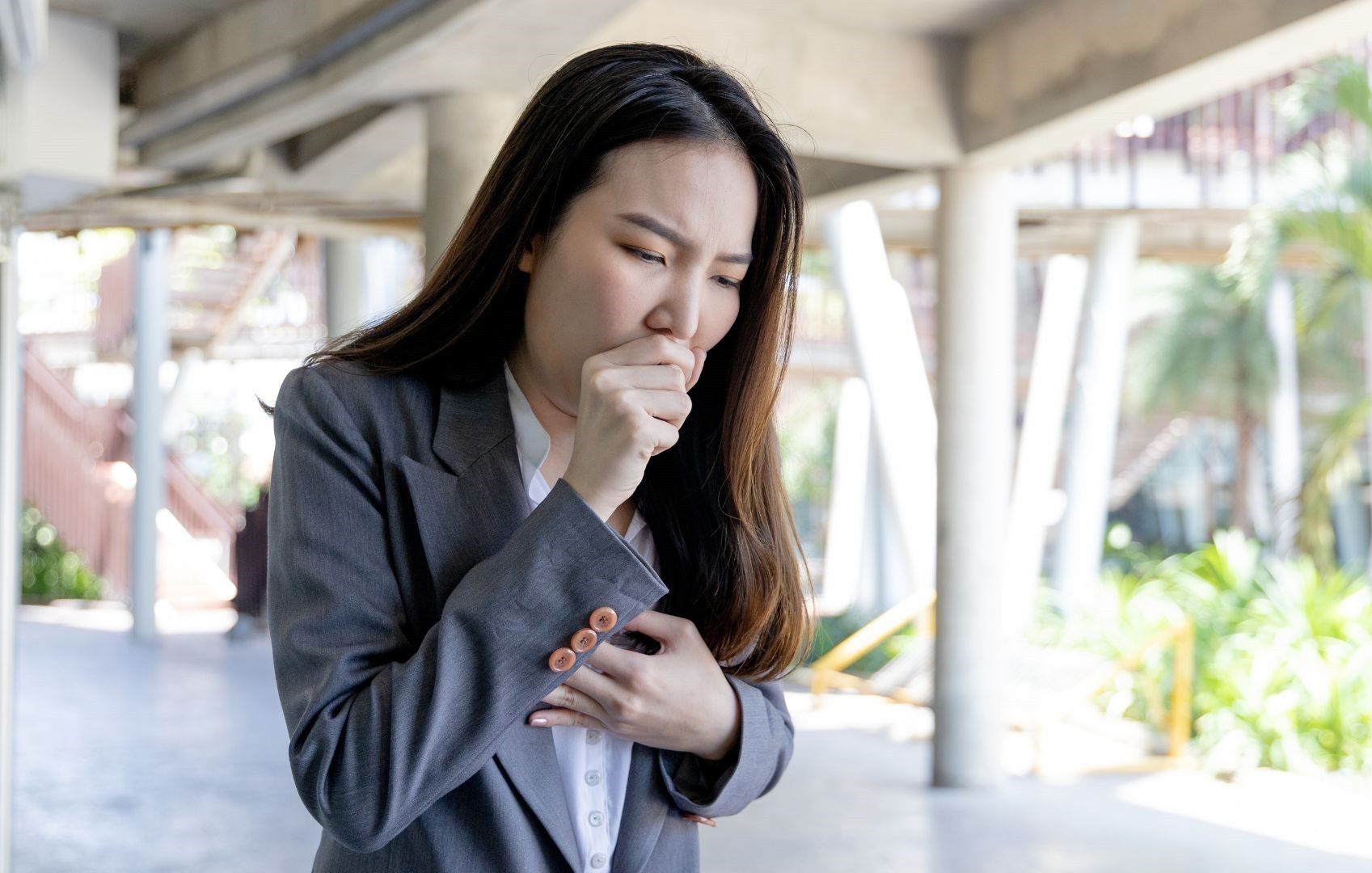Explainer: What is Pertussis or Whooping Cough?
File photo of a woman coughing Canva MANILA, Philippines — Data from the Department of Health showed that the Philippines had 453 cases of Pertussis during the first 10 weeks of 2024. This is a huge increase in the past years during the same timeframe — the pandemic years 2021 and 2022 had only seven and two respectively, […]


File photo of a woman coughing
Canva
MANILA, Philippines — Data from the Department of Health showed that the Philippines had 453 cases of Pertussis during the first 10 weeks of 2024.
This is a huge increase in the past years during the same timeframe — the pandemic years 2021 and 2022 had only seven and two respectively, while pre-pandemic 2019 and 2020 had 52 and 27 respectively.
Last March 21, the Quezon City government declared a Pertussis outbreak after logging 23 cases since the start of the year, including four infant deaths.
The city had no Pertussis cases at this time of the year in 2023, though it ended the year with 27 cases and three fatalities.
Pertussis, also known as Whooping Cough, is a very contagious respiratory infection caused by the Bordetella Pertussis Bacterium that can be treated with antibiotics.
According to the World Health Organization (WHO), Pertussis spreads through droplets produced by coughing or sneezing, while the Centers for Disease Control and Prevention (CDC) in the United States also say it can spread when people share the same breathing space in close proximity.
Related: DOH urges vaccination as measles, pertussis cases rise
The bacteria attach to the cilia that line portions of the upper respiratory system then release toxins that damage the cilia and cause airways to swell.
Infants are the most at risk when it comes to Pertussis, being a significant cause of disease and death for those in this age group.
Regular symptoms include mild fever, runny or stuffy nose, and cough that appear about a week after infection. One relatively common complication is Pneumonia, while WHO notes seizures and brain disease rarely occur for people with Pertussis.
The disease gets its name because typical cases of cough develop into a hacking cough followed by whooping. The cough can also cause vomitting, fatigue, and breathing issues.
The WHO adds that people with Pertussis are most contagious up to around three weeks after the beginning of coughing. Some children even have coughing spells that last one or two months.
The CDC said that people who get vaccinated against Pertussis are less likely to have lasting coughing fits (including the whooping and vomiting) while infants and children are less likely to have Apnea and Cyanosis.
The best way to prevent the spread of Pertussis is by covering one’s mouth when sneezing, preferably with a tissue to be discarded immediately, or covering with one’s upper sleeve or elbow (not the hands), and always washing one’s hands. — with reports from Gaea Katreena Cabico
RELATED: Surging nervous system disorders now top cause of illness — study














